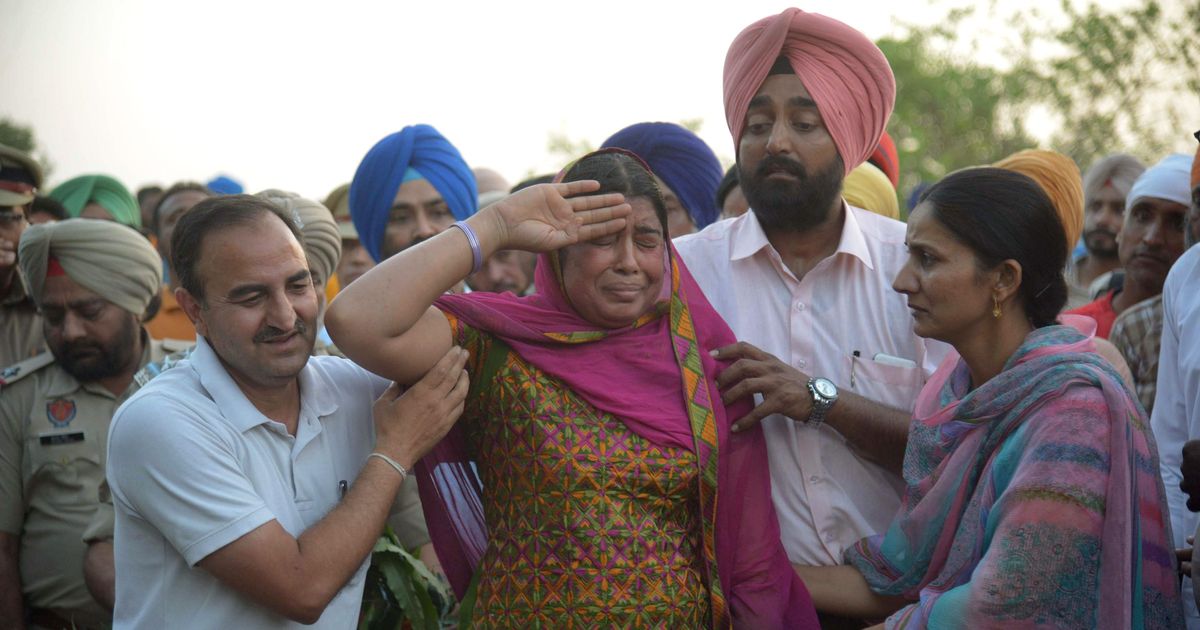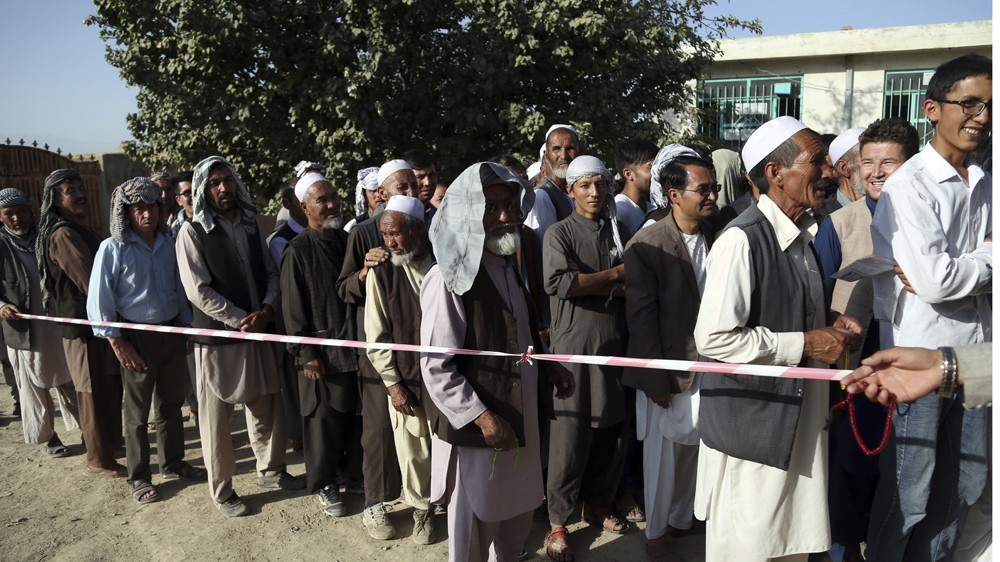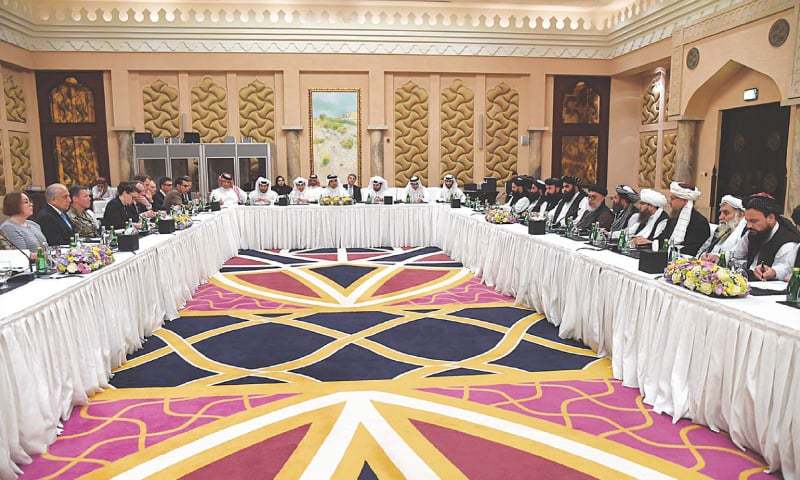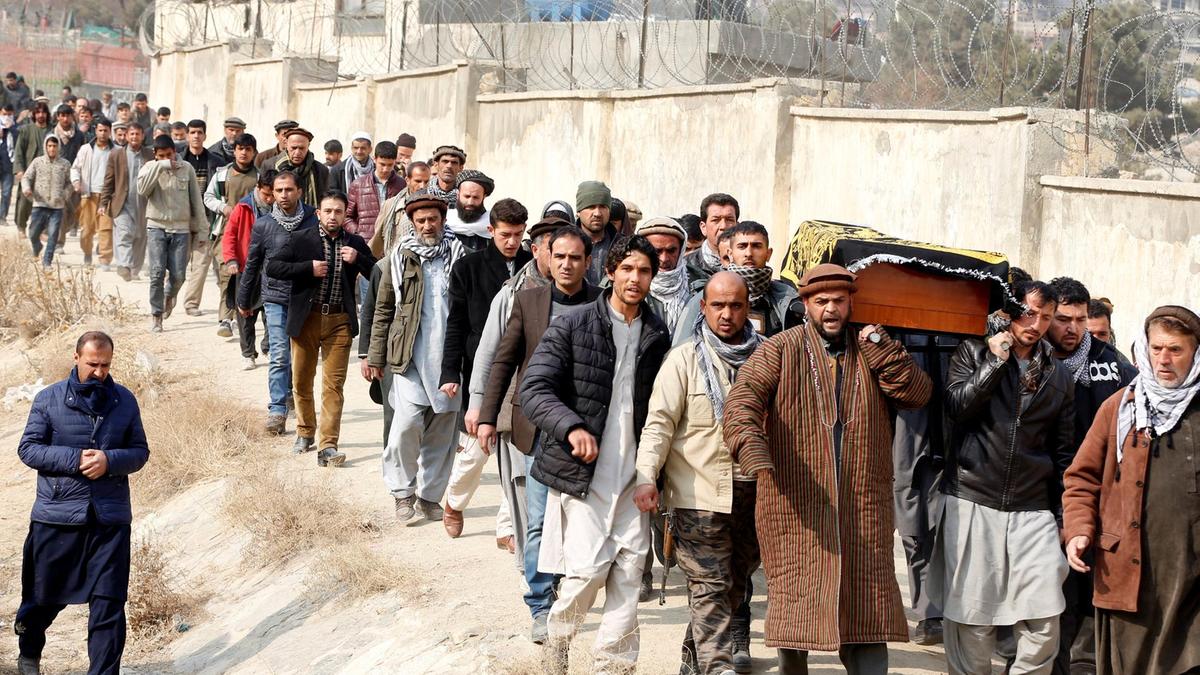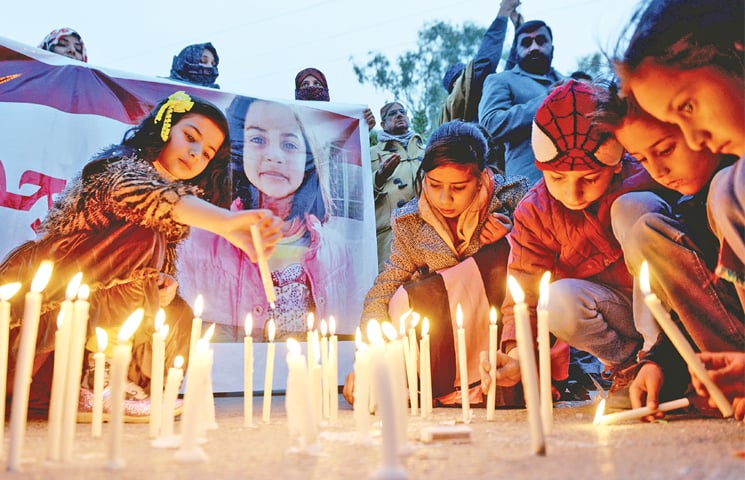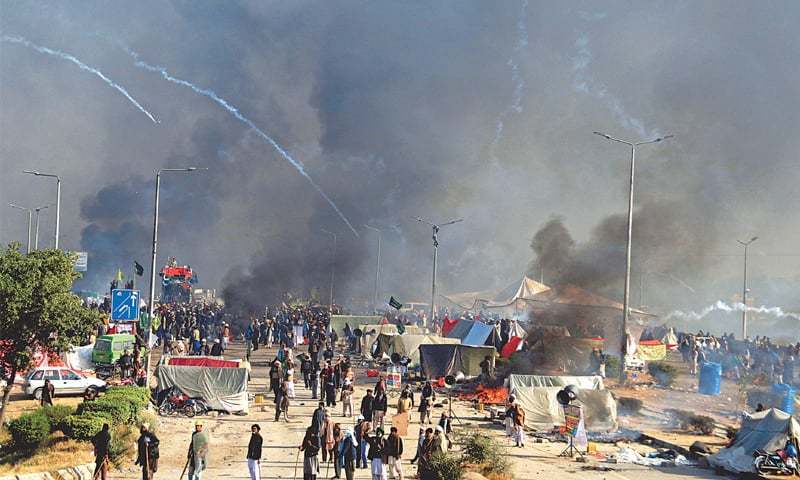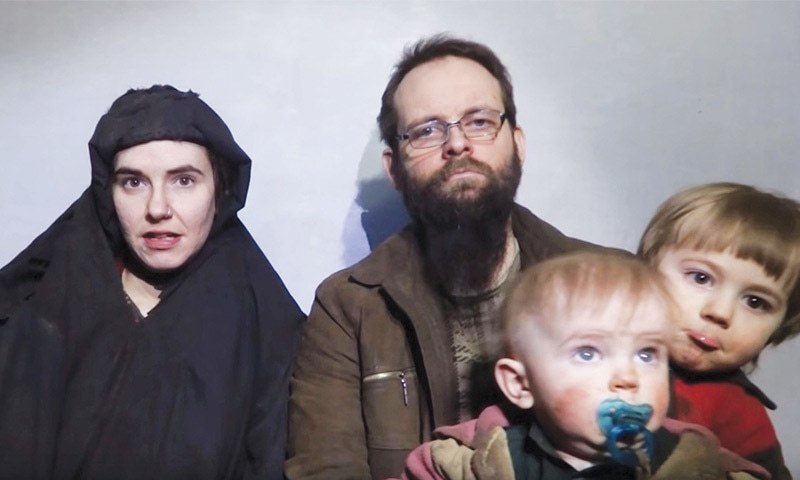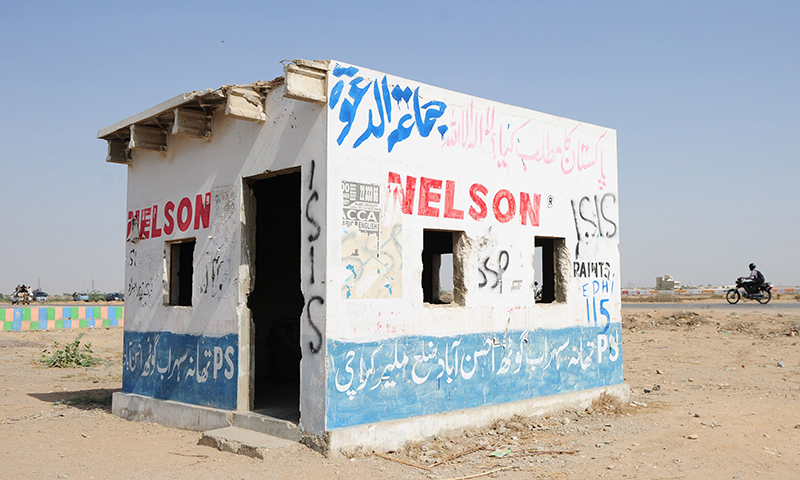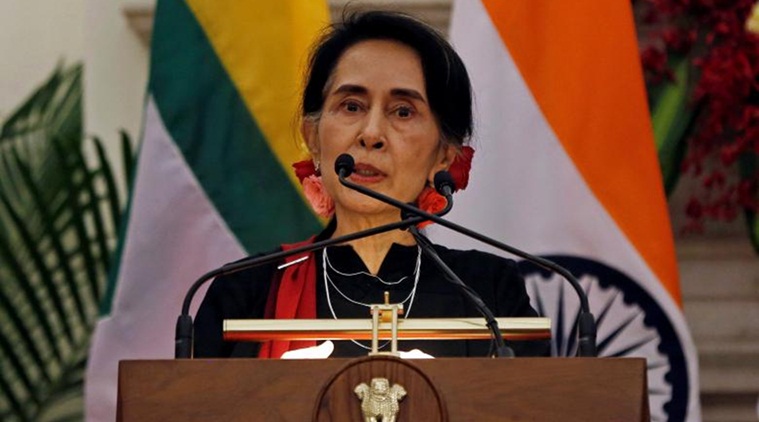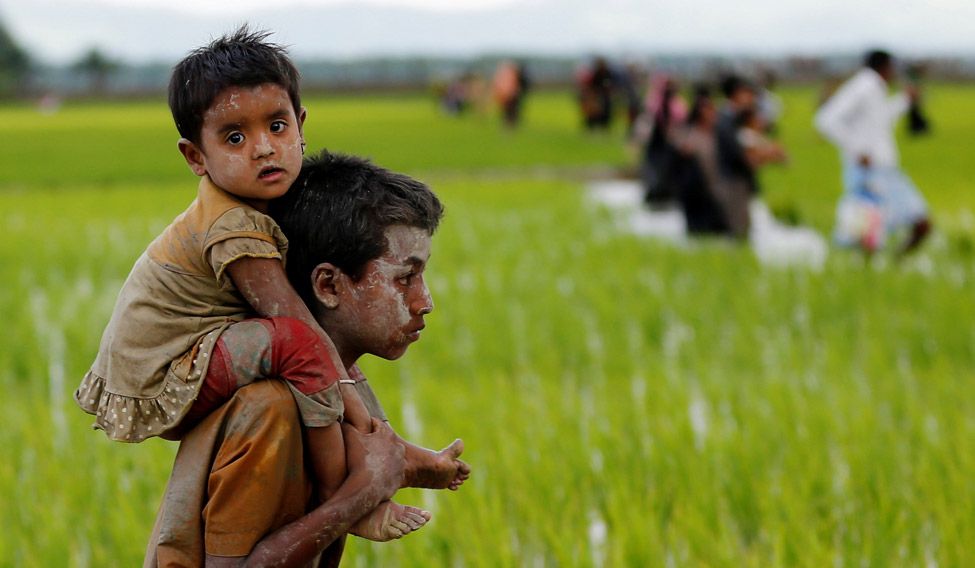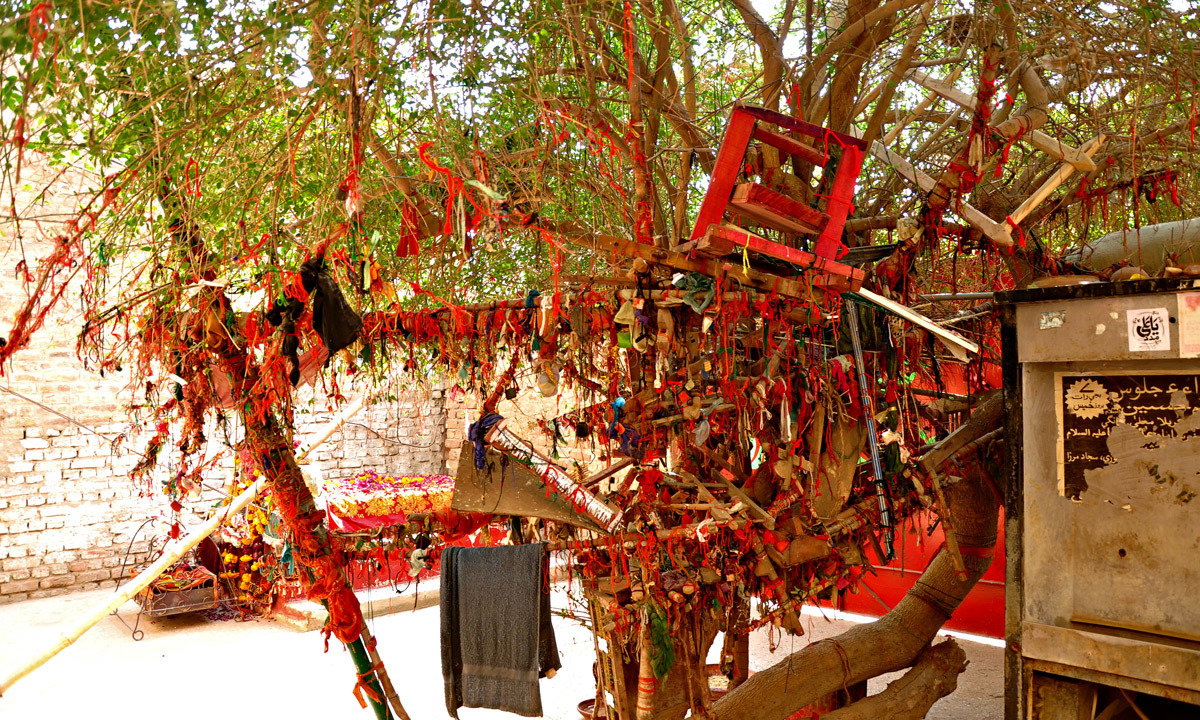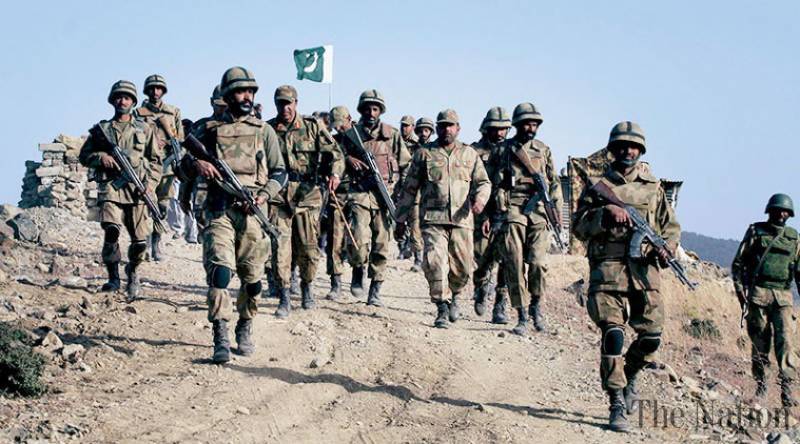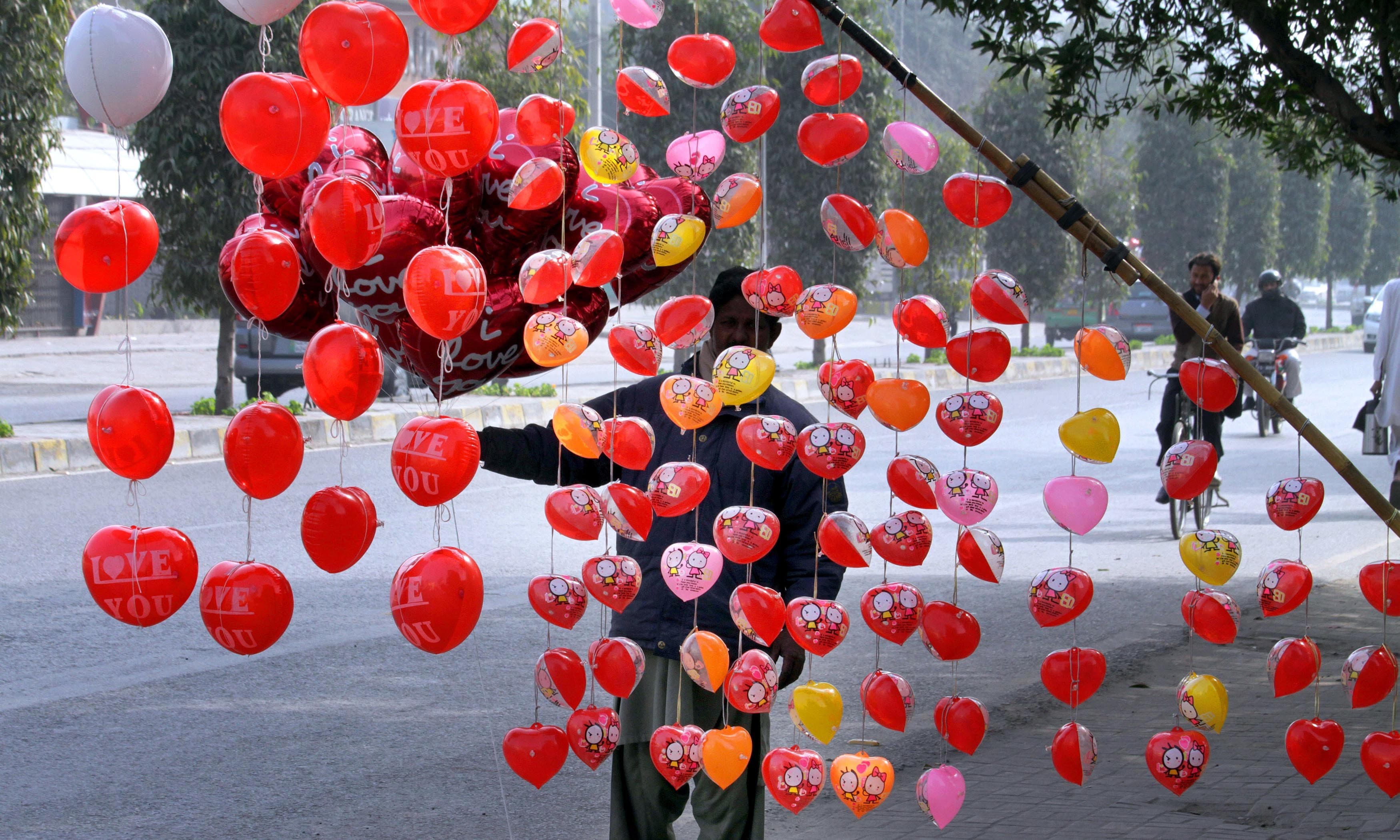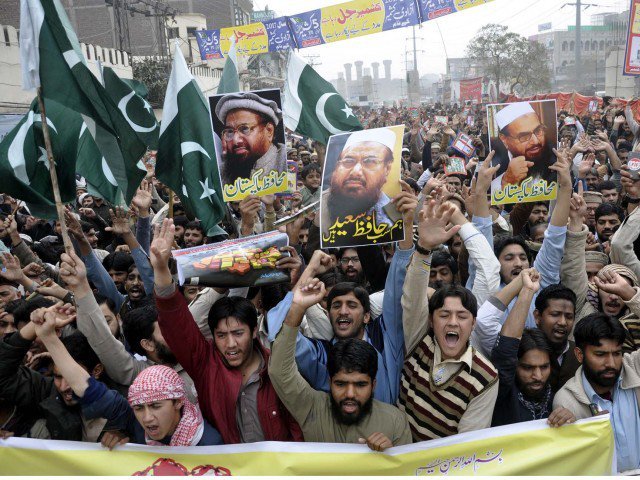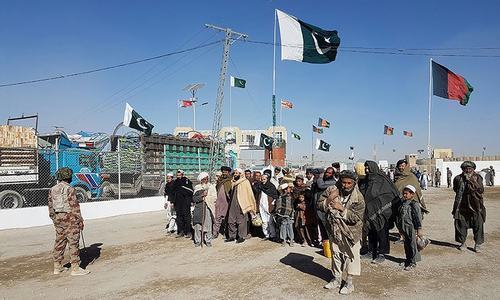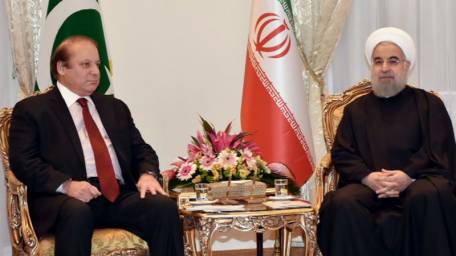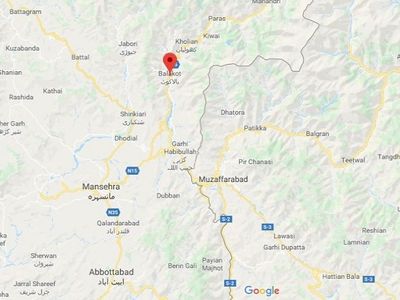
India believes a message has been sent to Pakistan. Perhaps. But, has Pakistan received the same?
Conflict Reader # 74, 1 April 2019
CR Brief
D. Suba Chandran
Professor
International Strategic and Security Studies Programme (ISSSP)
National Institute of Advanced Studies (NIAS), Bangalore
The last three weeks since the terrorist attack in Pulwama has been a dangerous rollercoaster ride for India and Pakistan. Fortunately, the situation seems to have cooled down, though cross-LoC attacks are continuing.
There were a series of actions and counteractions - the suicide attack in Pulawam, air strike by India inside Pakistan, the latter’s response across the LoC, the shooting down of an Indian and Pakistani planes and the capture of an Indian pilot). But, what stands out is India crossing the international border, flying into Khyber Pakhtunkhwa and targeting a Jaish camp.
There seems to be focus on minor and at times even trivial issues – missing the larger picture, amounting to a paradigm change in India’s approach towards Pakistan in responding to terrorism emanating/supported by groups from the latter’s soil. The issue is not whether there was a militant camp or not in Balakot. The point also is not whether there were that many militants (over 300, as has been reported in India) inside the camp when it was targetted. The issue also is not whether India merely dropped a few ammunition and returned empty-handed, as reported by Pakistan.
The real issue is India crossing the international border and carrying out a military strike in response to a terrorist attack in J&K. India has crossed a Rubicon at Balakot in bilateral military relations.
Now it has been crossed, what does it mean for the Indo-Pak relations? Will the military strike help future leaders to take a decision, if there is a militant attack on the Indian soil, or will it pressurise them to respond militarily? More importantly, India believes a message has been conveyed to Pakistan. Has Pakistan received the same?
While crossing the Rubicon river in 49 BC, Julius Ceasar was reported to have remarked: Alea iacta est (the die is cast). Was the die cast for India to cross, after the Pulawama attack? Now a Rubicon is crossed, is the die also cast for any future responses, if there is a militant attack on the Indian soil, by groups having its base in the Pakistani soil, or supported by Pakistan?
For India, Balakot was a different Rubicon. Consider the following.
1. Crossing the International Border since 1971
First, despite pressure to cross the LoC and international border during the militancy periods in Punjab in the 1980s and then later in J&K since the 1990s, India had never crossed the international border to pursue a military strike inside Pakistani soil since 1971. India has used diplomatic pressure against Pakistan for the latter’s support – overt and covert for militant groups inside India but had never crossed the international border as a response to terrorism.
Today, that position has been crossed.
Whether it was the right response or not – politically or militarily, the decision has been taken, and the act has been carried out. This decision to cross – how will it impact India’s future decision-making process – will it help or hinder? Will political leadership be under pressure to take a military option?
2. Threat of Pakistan’s Low Military Threshold
Second, Pakistan has been talking about a low military threshold, especially since the nuclear tests in 1998. At least there were two major military strategies played out by India – theoretically and in terms of military games – Limited War and Cold Start. Both the military options were pursued as a likely military response by India to Pakistan.
Pakistan has been insisting on a lower threshold, thereby trying to convince India that there is no space for a limited war or Cold Start by India.
To an extent, India seemed to have considered those statements from Pakistan in terms of a low military threshold. During the Kargil War, despite pressure from the military and also from rest of the nation (remember the enormous public opinion pressurising India to cross the LoC), Vajpayee gave strict order to the Indian military establishment on not crossing. India did not cross the LoC.
Today, that position has been crossed.
3. The Nuclear Redlines and the fear over the use of Tactical Nuclear Weapons
Third, the fear of escalation and the presence of nuclear weapons have remained as deterrence against initiating any military operation against each other. India has been repeatedly told, that with both countries having nuclear weapons, there is no space for any military operations. On the other hand, India has been trying to convince and conceive a “limited war” under the nuclear umbrella. Pakistan added a new dimension to this nuclear dimension, by introducing the Nasr – projected as tactical and battlefield nuclear weapons.
The above meant that India could not conceive of any military operation under the nuclear umbrella. Pakistan deliberately has been conveying the message that its nuclear threshold is low.
The Indo-Pak nuclear debate, whether within South Asia, or elsewhere especially in the US would repeatedly argue about Pakistan’s low nuclear threshold. A section inside India is also convinced of the above and perhaps was the reason for India not pursuing the military option either after the attack on its Parliament in 2001 or Mumbai in 2008. On both occasions, there was tremendous pressure on India to cross the border and teach Pakistan a lesson. However, the governments then were wary of taking the decision.
Today, that position has been crossed.
4. A Military Response for a Militant attack across the Border
Fourth, since the 1998 nuclear tests and the Kargil War, there has been a series of terrorist attacks on the Indian soil – the Indian Parliament, Kaluchak, Ayodhya, New Delhi, Ahmedabad, and finally in Mumbai. Between 2001 (Indian Parliament) and 2008 (Mumbai), there were a series of militant attacks in India, with New Delhi blaming it on Pakistan. In many cases, the militant groups themselves had made a claim.
Even after Narendra Modi took over, there were militant attacks, for example in Pathankot in 2016. However, India never retaliated across the international border. Though during the recent years, especially since Modi took over, there has been an intensification of cross-LoC firings and attacks, India never crossed the international border as a punitive response to Pakistan.
Today that position has been crossed.
5. Engaging the Air Force in Counter-Militancy Operations across the LoC
Fifth, India has relied primarily on its military in responding to terrorist attacks in J&K. It has been reluctant to engage its Air Force. Even during the Kargil War, when the Air Force was engaged, it was primarily in the Kargil sector, that too as the last response.
The air cover during the Kargil War was also a strategy to provide the space for the ground troops and vacate the places that were occupied by the other side. In other words, whatever role that the Air Force played until now (since the Indo-Pak War in 1971) has remained defensive and within the LoC. The Air Force was not used as an offensive response and a military option against terrorism.
Today that position has been crossed.
6. The Political Will to consider a military option
Finally, while successive governments before Modi (both – Congress and BJP), though have been talking about military operations against Pakistan, New Delhi resisted the same, and pursued a political approach – by closing down bilateral interactions and pressurizing the international community to act upon. The Prime Ministers before Narendra Modi did have the military option.
After the terrorist attack on the Indian Parliament in 2001, the Prime Minister did order his military chiefs to get ready. There was a military mobilisation, leading to a tense standoff across the border and LoC. However, the political decision to cross the LoC and IB was not taken since 1971 by successive Prime Ministers.
Today, that position has been crossed.
India believes a message has been sent to Pakistan. Perhaps. However, has Pakistan received the message?
The Balakot message to Pakistan from New Delhi is significant – that the cross-border response from India to any militant pursuits by Pakistan would no more be limited to political. And that India would be willing to consider the military operation and be willing to cross the LoC and even international border. The above message also includes that the response would not be limited only to the use of the Army, but also the other arms of the Indian military. In Balakot’s case, it was the use of the Indian Air Force. The third important message came from a statement by the External Affairs ministry – on India’s willingness to consider “pre-emptive strike” as an option. This message is different from the earlier ones – that it India would not wait for an attack to happen to respond.
Has Pakistan received the above messages? Islamabad was trying to prove to the domestic and international community that the Balakot strikes by India was a military failure and there were no losses. By providing images and later also access to media of the Balakot region, Pakistan was conveying that there was no militant safe haven in the area where the attack had happened.
Pakistan’s counter-message to India and to the international community was on the following lines. First, Islamabad would be willing to engage India with a military response and would consider crossing the LoC if needed for that. The counter-attack from Pakistan after India’s Balakot strike was a part of this. The second message was primarily to the international community – to project Pakistan as a responsible and peace-loving country, and India as a warmongering one. The message from Imran Khan on India and Pakistan returning to the dialogue and negotiation table and the return of the Indian pilot was a part of this. The third message was to prove that Pakistan’s military capability in case of a clash is superior to that of India; subsequent reports in Pakistani media focused on Pakistan shooting down an Indian military aircraft and losing none in the process. Pakistan was repeatedly emphasizing, that none of its aircraft was lost. The fourth message came days after the military interaction through an ISPR note from Pakistan that it would reserve the right to use all available resources. This was in response to the question of whether Pakistan had used F-16 or not.
Where would India and Pakistan go from here? What are India’s options in dealing with Pakistan?
India has clearly sent a message – that in case of any military or militant misadventure from Pakistan in J&K, New Delhi would be willing to consider the military option. Whether Pakistan wants to accept the message in public is a different question. The message has been sent.
Now should New Delhi freeze its approach towards Islamabad and wait until another misadventure from Pakistan to respond? Or should it also engage in making use of the dialogue option as well?
Imran Khan has repeatedly offered to negotiate with India. In fact, Pakistan has been on an offensive in recent months. In Kartarpur, the release of Indian pilot and the release of Indian fishermen, one could see a strategy from Pakistan. Whether Pakistan is serious to pursue the peace option to its logical end is a different question. What would be Pakistan’s political endgame in J&K would also be another question that India would have to deal with.
However, what is clear since Imran Khan becoming the Prime Minister is a series of statements and action, attempting to engage India in political dialogue. New Delhi has been in no hurry to pursue that option so far. Given that the elections are in process, this government is less likely to continue the negotiation option with Pakistan. But, what should be an Indian response, when there is a new government in Delhi later this year?
During the last decade, India has succeeded in convincing the international community about New Delhi’s position on J&K and India-Pakistan relations. To a large extent, the rest of the world agrees that J&K is an internal issue for India, and terrorism from Pakistani soil is an important issue in bilateral relations between the two countries. Decline in international statements on J&K and the recent effort to declare Masood Azhar as a global terrorist would underline the above two responses from the rest of the world.
India will have to consider the above international response. In fact, one of the positive outcomes of Balakot strike is the international response. None of the big powers has condemned India for crossing the international border.
Any Indian response to Islamabad will have to keep in mind the above two – repeated offers from Imran Khan and the international position in favour of India. Harping only on a military response and not responding to Pakistan’s dialogue offer may not yield political returns for India in the long run.
Also, as a rising global power, India cannot be seen as a country refusing to politically engage with its neighbours.
A political strategy needs to be found to engage Pakistan.
The emphasis on a political strategy is imperative on two counts – internal and international. During recent years, it is unfortunate, that the positions on both sides have become stronger. It is even more regrettable that the public opinion on both sides has become even more jingoistic. Reaching an understanding would require a long haul and deeper political commitments towards a meaningful dialogue process. The space for the same, unfortunately, remains extremely small at this juncture. It may perhaps change after the Indian elections in 2019.
Internationally, there is support for India’s position. New Delhi should not waste this opportunity. During recent years, Pakistan has been trying to convince rest of the world that dialogue is the only option, and Islamabad is willing to pursue the same. It may be a strategy, but can India afford to let Pakistan succeed in the same?
A political strategy needs to be found to engage Pakistan.
Let India engage Pakistan with clear political redlines. India should also be willing to engage Pakistan on J&K. A cross-LoC process was started by Vajpayee and continued by Manmohan Singh. Re-opening the process would help India address international, bilateral and even national concerns on J&K.
Finally, a political strategy towards Pakistan should be preceded with an internal dialogue on J&K, and within J&K? Since the recent military operations and worsening of the bilateral relations started with Pulawama, it is time that one tries to get back to address the issue within. Isn’t the problem within the LoC even more critical than the one across it?
An abridged version of the above brief was first published in the Rising Kashmir. An expanded and updated version was published in Geo Politics.
